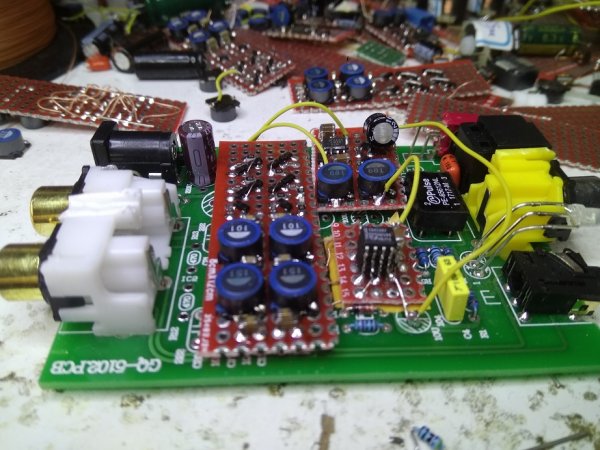I see a lot of designers chasing new technologies, such as DSD, MQA and new digital filter technologies. They want the latest Saber chip in their new DAC. They believe that they will ultimately achieve performance by doing this, as well as checking some boxes that many consumers want.
I, on the other hand, spend most of my time optimizing the D/A technology I choose because it's the novel circuits and careful implementation that ultimately delivers the analog sound, not new technologies IME. Older D/A chips can sound amazing. Novel features also provide Trade Secrets that are difficult to copy (particularly by the Chinese).
Any designer can select the newest DAC technology. It's difficult to distinguish your products doing only this. Designing novel circuits and using optimum implementation is not something in the "cook-books" or datasheets either. A lot of experience and know-how is required.
The fact is that it requires one to wear a lot of hats to do an excellent DAC design:
digital design
analog design
grounding and shielding
transmission-line effects and termination
circuit board layout and stackup
power delivery/decoupling
power supply
passive parts selection
voltage regulator design
firmware design
S/W driver design
chassis/mechanical design
I would guess that 0% of DAC designers are experts in all of these critical areas. That is why I contract with other experts in some areas for their design expertise or license their technology. I licensed for instance; Paul Hynes regulator technology that I use in all of my products. I know which areas I am weak in, or those that are not worth my time getting up to speed on. I think it is important for a designer to know his limitations.
Steve N.
Empirical Audio
Another great post...thanks for taking the time!











